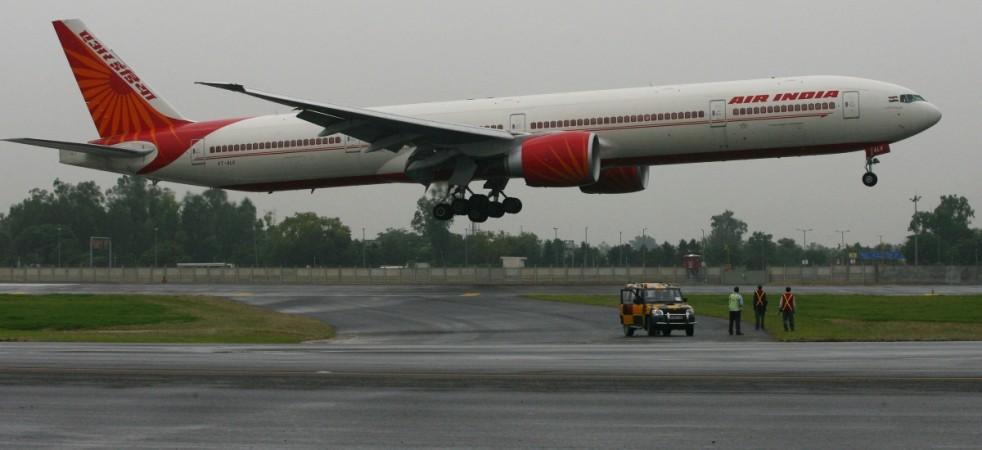
An Air India Boeing 777-300 carrying 370 people from New Delhi to the US had to endure bad weather, low fuel and multiple systems failure before it managed to land safely at an airport in New Jersey. The plane was originally intended to land at John F Kennedy (JFK) International airport in New York on September 11.
"Auto land is not available. We have multiple instrument failure," one of the pilots on Flight AI-101 is heard telling air traffic controllers (ATC) at JFK airport.
The pilots then informed the ATC that they were having issues with Instrument Landing System (ILS) – which automatically starts the descent of the aircraft and lines it up precisely with the runway.
The ILS plays a crucial part in landing an aircraft during bad weather, which the pilots on the flight were up against. The crew could not visually estimate an approach as heavy clouds hung low over New York on that day.
An Air India spokesperson told Hindustan Times that weather was bad at New York and as the plane's radar was not working because of a snag, the flight was diverted to Newark.
The pilots were in a tough situation where crucial equipment had malfunctioned leading to a situation which had the potential of causing a mishap.
"For visual landing a pilot should be able to see the runway from at least 1.5 to 2 km away. In good weather, visual landing is common. Even in bad weather if all the equipment works as intended, landing is not dangerous," said a former pilot.
At one time during their conversation with the ATC, one of the pilots is heard saying that there are lot of issues and asks if other sectors are available with better visibility.
"I was going to try the VNAV approach in Newark if the ceiling is better than JFK," the pilot tells the controller. The pilot is referring to the height of clouds below which an aircraft can be flown making it easy for the pilots to spot the runway.
Before they tried landing at Newark, the pilots told the controller the extent of malfunctions they were up against.
"Basically, we've got a single source radio altimeter, we have a traffic collision and avoidance system failure. No auto-land, no windshear systems, (no) auto speed brake and the auxiliary power unit is unserviceable as well. We are getting little low on the fuel as well. We are burning a lot of fuel," the captain told the controller.
An aircraft of the Boeing 777 type has multiple altimeters and traffic collision and avoidance system automatically detects if another aircraft is in the vicinity and automatically averts a collision.
Eventually, the flight landed safely in Newark where emergency crews were put on standby.
An official of the Director General of Civil Aviation praised the pilots for diverting the flight and landing the plane safely.
"We have begun an investigation and the probe will focus on the technical glitches," he said.














